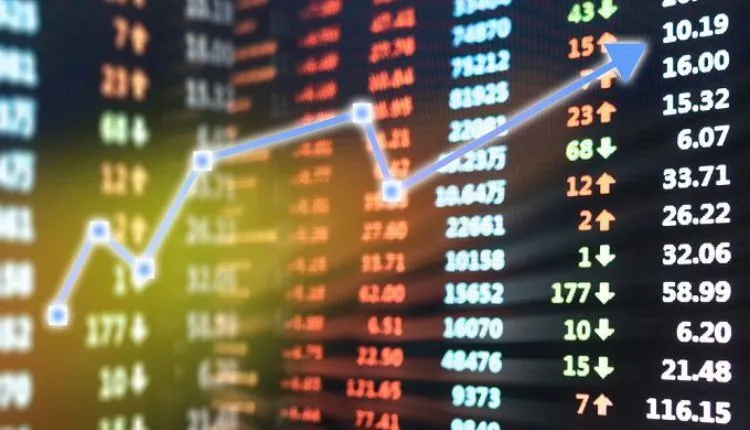Table of Contents
Introduction:
The 10-year Treasury yield is a crucial indicator in the financial market, serving as a benchmark for long-term interest rates. Investors, economists, and policymakers closely monitor its fluctuations to assess the health of the economy and make informed financial decisions. In this article, we will delve into the significance of the 10-year Treasury yield, examine its current trends, and discuss its implications for various stakeholders.
Understanding the 10-Year Treasury Yield: The 10-year Treasury yield refers to the interest rate investors receive on U.S. Treasury bonds with a maturity period of 10 years. It represents the yield curve’s long-term segment and is influenced by various factors, including inflation expectations, monetary policy decisions, economic growth, and global market conditions.
Factors Affecting the 10-Year Treasury Yield:
- Inflation Expectations: Inflation erodes the purchasing power of fixed-income investments. Higher inflation expectations generally lead to higher long-term interest rates, which can result in an increase in the 10-year Treasury yield.
- Monetary Policy: The Federal Reserve plays a crucial role in influencing interest rates through its monetary policy decisions. When the central bank raises short-term interest rates, it can lead to an upward pressure on the 10-year Treasury yield.
- Economic Growth: Strong economic growth can drive demand for capital, potentially leading to higher interest rates. Conversely, economic slowdowns or recessions may result in lower yields as investors seek safe-haven investments such as Treasury bonds.
- Global Market Conditions: Global economic factors and geopolitical events can impact the 10-year Treasury yield. For instance, during times of market volatility or economic uncertainty, investors often flock to U.S. Treasury bonds, driving their prices up and yields down.
Current Trends in the 10-Year Treasury Yield: Over the past year, the 10-year Treasury yield has experienced notable fluctuations. In response to the COVID-19 pandemic, the Federal Reserve implemented unprecedented monetary stimulus measures, including slashing interest rates and purchasing Treasury bonds. As a result, the 10-year Treasury yield reached historic lows in 2020, as investors sought safety amidst market uncertainty.
However, as vaccination efforts progressed and the economy showed signs of recovery, inflation concerns began to emerge. In response, the Federal Reserve signaled a shift in its stance by adopting a more hawkish tone, suggesting potential tapering of its bond-buying program and a gradual increase in interest rates. Consequently, the 10-year Treasury yield started to climb in recent months, reflecting market expectations of tightening monetary policy.
Implications of the 10-Year Treasury Yield:
- Borrowing Costs: The 10-year Treasury yield serves as a reference point for various borrowing rates, including mortgages, corporate loans, and student loans. Higher yields can translate into increased borrowing costs for consumers and businesses, potentially impacting spending and investment decisions.
- Stock Market Performance: Rising yields can present challenges for equity markets. As fixed-income investments become more attractive with higher yields, investors may shift their allocations away from stocks, leading to potential downward pressure on stock prices.
- Economic Indicators: The 10-year Treasury yield is often considered a leading economic indicator. A significant increase or decrease in the yield can signal market expectations of future economic conditions. It is closely watched by economists and policymakers to gauge the health of the economy and make informed policy decisions.
Conclusion:
The 10-year Treasury yield plays a pivotal role in the financial landscape, reflecting the interplay between various economic and market factors. Understanding its implications and monitoring its trends can help investors and policymakers navigate the ever-changing financial landscape. As the economy continues to recover from the pandemic, it will be crucial to closely monitor the 10-year Treasury yield and its impact on borrowing costs
